
Reykjavik harbour, 16th August 2017, Fuji X-T20.

Reykjavik harbour, 16th August 2017, Fuji X-T20.

Mural on the side of Freak Lunchbox sweetshop, Halifax, Nova Scotia, 13th August 2017, Fuji X-T20.
SaveSave
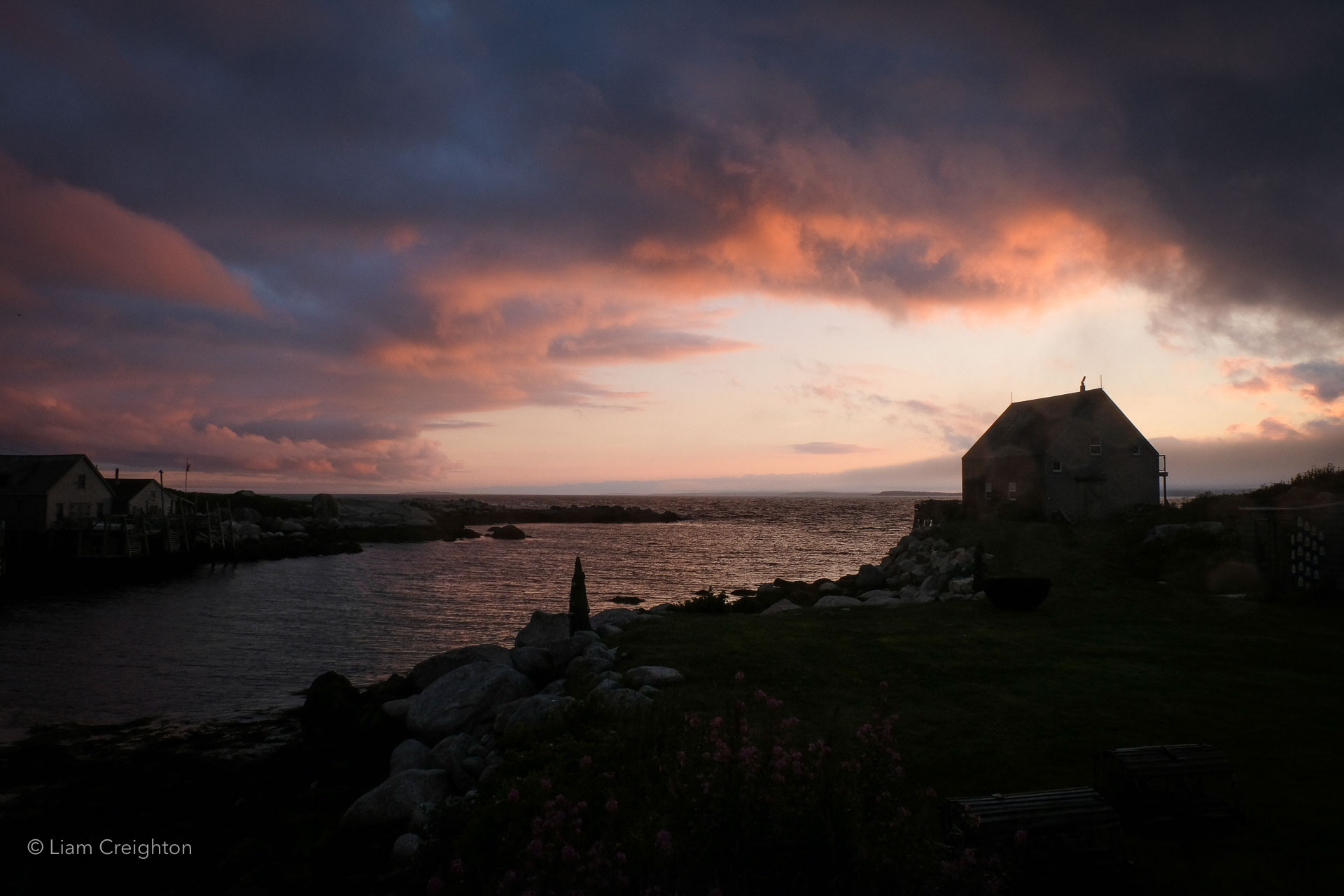
Middle Point Cove, 19th August 2017, Fuji X-T20

Middle Point Cove, 19th August 2017, Fuji X-T20.
SaveSave

Middle Point Cove, Nova Scotia, 19th August 2017, Fuji X-T20.
SaveSave
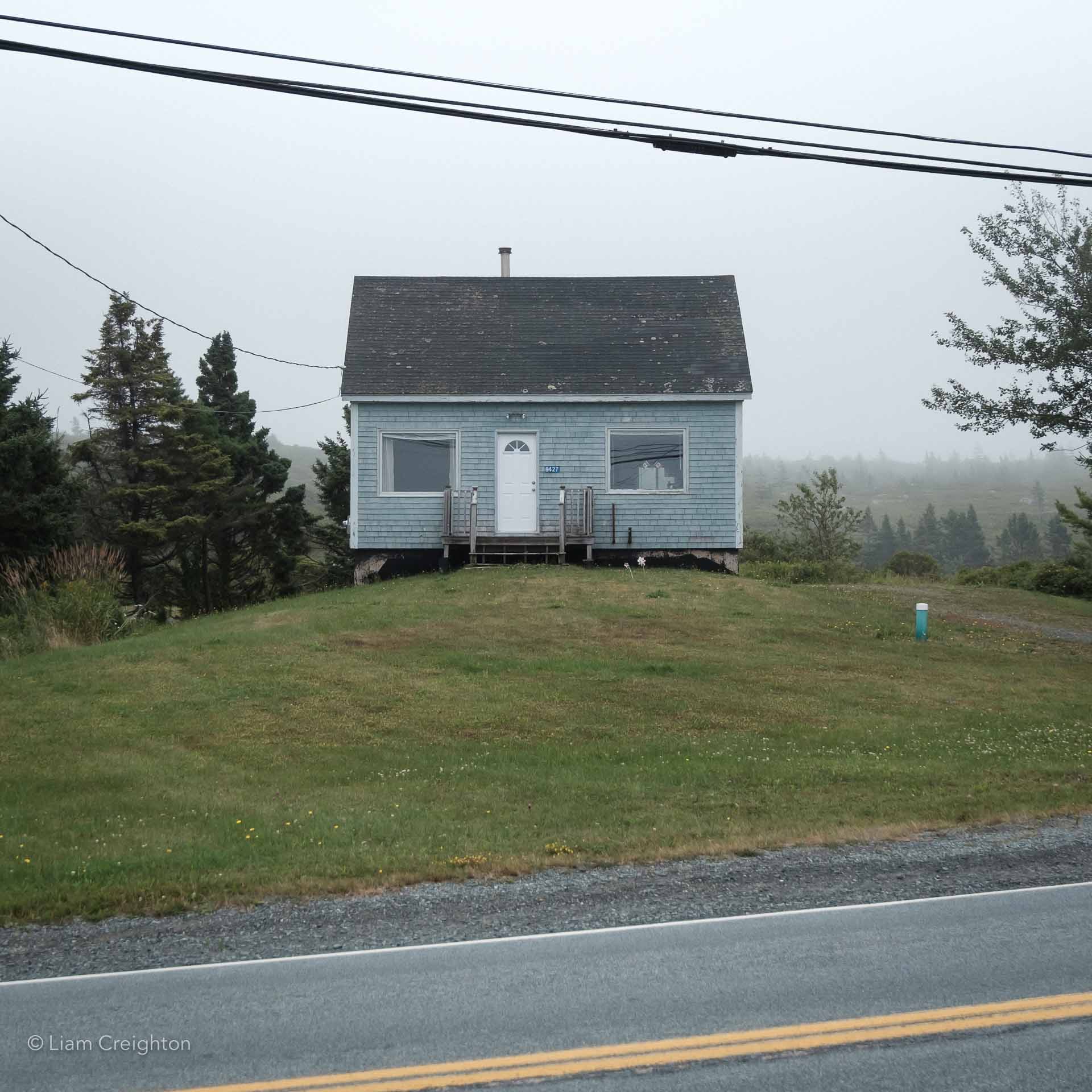
Indian Harbour Road, Nova Scotia, 13th August 2017, Fuji X-T20.

Halifax Harbour, Nova Scotia, 13th August, 2017, Fuji X-T20.

Symonds Yat footpath, 4th August 2017, Canon 5D mkII.
SaveSave
SaveSave
SaveSave

River Wye viewed from Symonds Yat Rock, Gloucestershire, 4th August 2017, Canon 5D mkII.
SaveSave
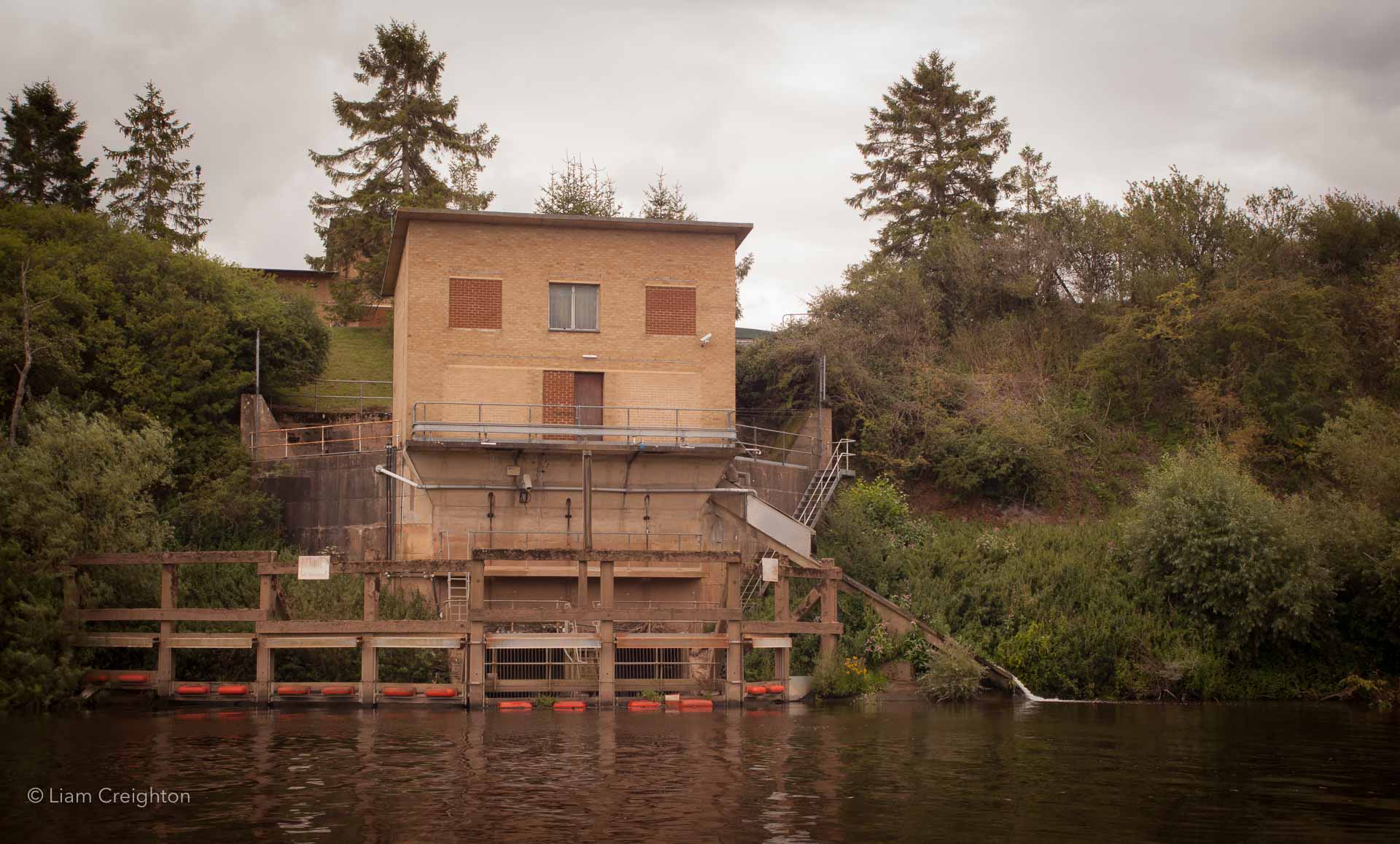
Raw water intake on the banks of the Severn near Ryall, 4th August 2017, Canon 5D mkII.
SaveSave

Dolgoch Falls, 7th June 2017, Canon 5D mkII.
SaveSave
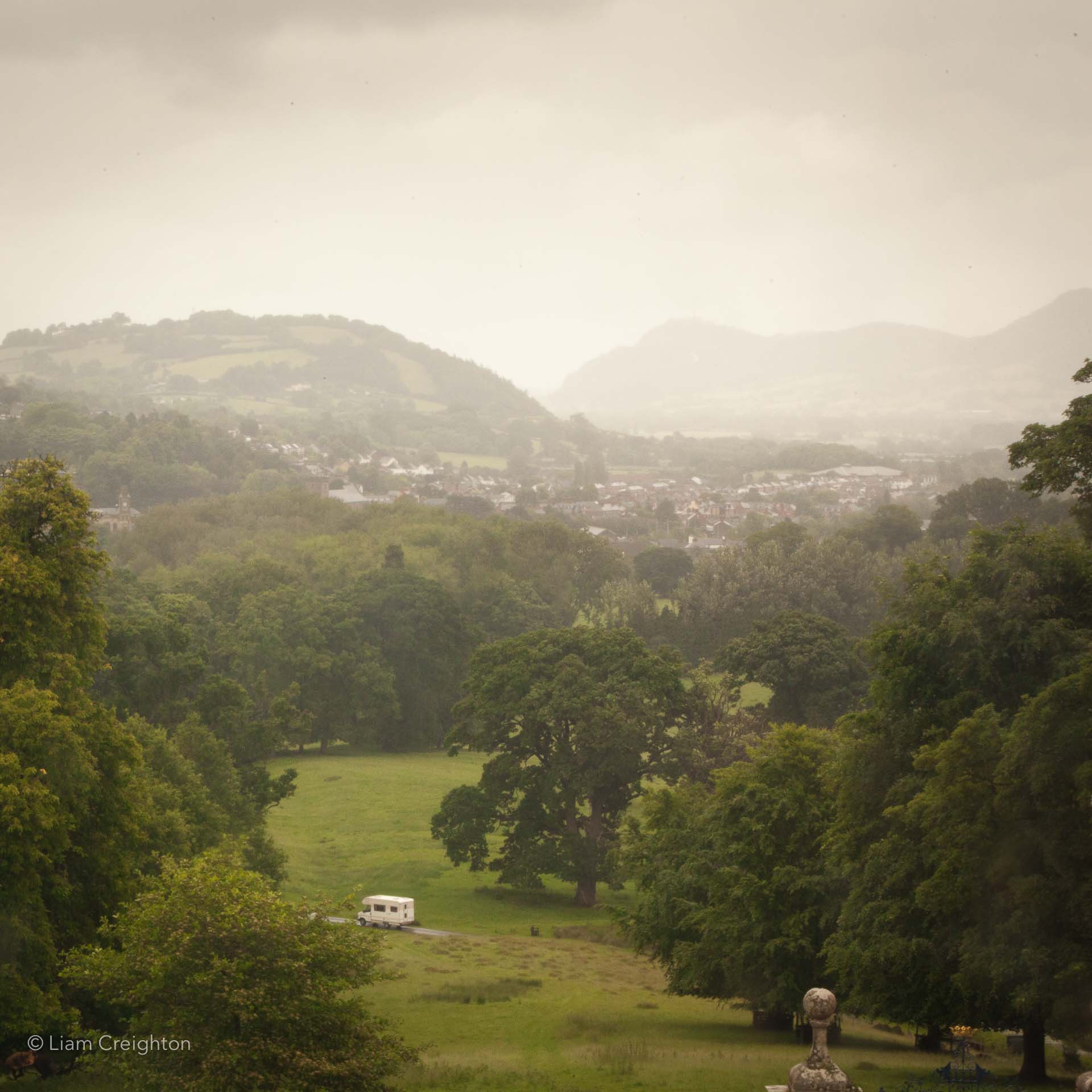
View of Welshpool from NE terrace of Powis Castle, 5th June 2017, Canon 5D mkII.
SaveSave

Shoreham-by-Sea, 18th January 2017, Canon 5D mkII.
SaveSave

River Adur, Shoreham-by-Sea, 18th January 2017, Canon 5D mkII.
SaveSave
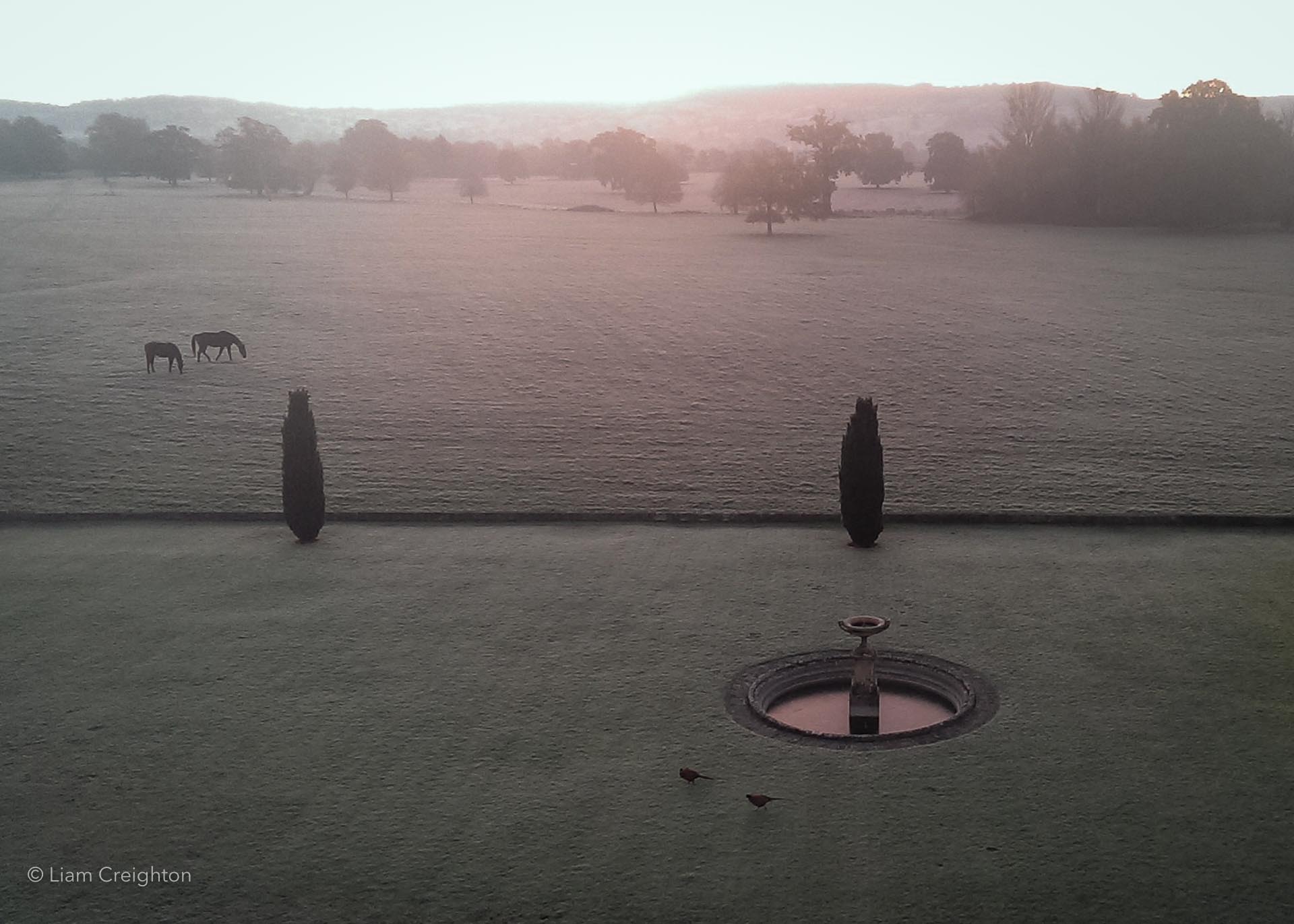
Hardwicke Court, 11th November 2016, HTC One M7.
SaveSave

Tottenham Court Road, 24th June 2015, Canon 5D mkII.
SaveSave
SaveSave
The Kickstarter campaign we’ve been running for “Exposures” has reached – and passed – its funding goal. We’re moving forward into production with a healthy budget to see us through. I’d like to thank everyone who pledged money, pestered others to pledge money, or who shared the links around. Thanks also to folks who responded to us on Twitter, including Duncan Jones and Margaret Atwood! I’m going to figuratively direct my pants off.
Gael García Bernal stars as an ad-man creating the TV spots for the anti-Pinochet referendum campaign in Chile in 1988. Dir: Pablo Larraín, 2012. Seen at: Hackney Picturehouse.
Well, what a week! I feel like I managed about 5 hours sleep total throughout my entire time at the festival. Loads of incredible work on potential campaigns for films that were showing at the festival, drinking and circular ping-pong in fly-by-night Berlin bars, drinking at warehouse parties, drinking in bars where only the Berliners drink, and the odd film or two. And I never thought I’d get to talk to people from Artificial Eye, Picturehouse, Soda Pictures, Wild Bunch, Cinemoi, and MUBI, but I did.
To all my new film friends: Prost!
When we made “The Library of Burned Books” we part-funded it with donations from people around the world using Indiegogo (our pitch page – including Al’s amazing comedy video – is still online) and so once the film was finished, we were obliged to follow through on all the things we promised people in return for their support.
Al adapted the stunning poster he designed as a prop for the film, and turned it into an image we printed onto the DVD. Then we ordered in some lovely recycled card cases, and hand-stamped the lot of them with our artwork. Finally, Al and his girlfriend Rachel hand-crafted little booklets (made from books we saved from the furnace) to insert into some of the cases for our extra-special donors.
It feels really good to put some hand-crafted love into the packaging of the film. Thanks again to everyone who helped us make the film!
I’m heading to the Berlinale with a few other film school colleagues, from LFS and around the world. The main focus of the week for us will be a 5-day course on distribution and marketing strategies called Making Waves. I’m really looking forward to going to Berlin again – such a great city! And to combine it with the Berlinale is going to be excellent.
I am proud and happy to announce that “The Library of Burned Books” is basically done. We have married the graded image with the final sound mix, and all is looking and sounding as good as it can. All that’s left to do is the final submission paperwork, the disc duplication, the box design and the festival run. You know, all those trivial things. Where’s the whisky?
If you’re one of those rare people with money burning a hole in their pockets, a short film I AD’ed during the summer is currently crowdfunding its post-production. “The Night of Brian” (working title) is a touching family drama with comedic elements set in rural Ireland in 1980. It’s about a brother, a sister, a tragic life story, the power of the Catholic church, and the film “The Life of Brian,” which was banned for years in the Irish Republic.
The shoot was great, the rushes look good, and now they need a little help getting the film through post production: getting it edited, colour corrected, sound designed and scored.
I just dug out my venerable MiniDisc player out and hooked it up to my amp to play some tunes that I don’t have on MP3 or CD. I love MiniDiscs – they never went mainstream, so there’s something about them that just feels sci-fi, which probably explains why they appear in The Matrix and Strange Days.
One day I will own a LaserDisc player, which I will only be able to use to play Bladerunner, and it will be absolutely worth it.